According to CNBC, in the early morning of July 8 (Vietnam time), US President Donald Trump announced 14 letters to countries announcing tax rates of 25-40%, effective from August 1.
The two important US partners that Mr. Trump announced first were Japan and South Korea, with a tariff rate of 25%. These are also the two countries with which the US has the largest trade deficit among 14 countries, respectively 69 billion USD and 66 billion USD in 2024.
Mr. Trump announced that the US will impose 25% tariffs on Malaysia, Tunisia, Kazakhstan; 30% on South Africa, Bosnia and Herzegovina; 35% on Serbia and Bangladesh; 36% on Cambodia and Thailand; and 40% on Laos and Myanmar.
Just before that, Mr. Trump signed an executive order delaying the July 9 tariff deadline and moving it to August 1. The order said Mr. Trump made that decision “based on additional information and recommendations from multiple senior officials.”
In the letter, Mr Trump said the US “may” consider adjusting the new tariffs, “depending on our relationship with your Country”.
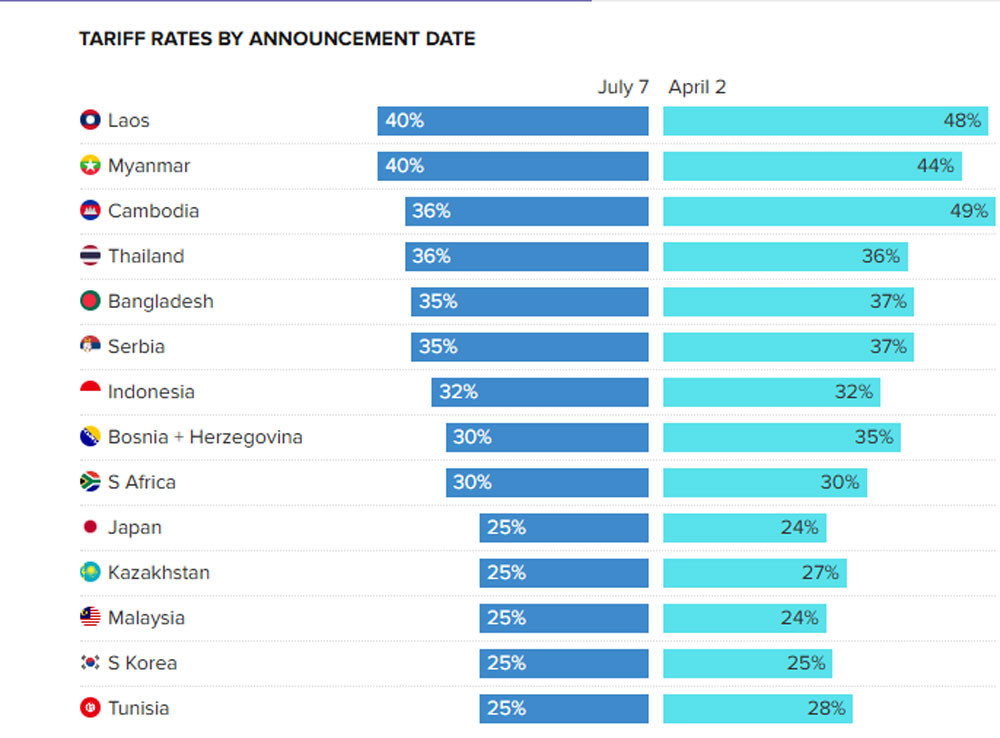
White House press secretary Karoline Leavitt said more letters would be sent in the coming days.
Mr. Trump said that bilateral trade relations with Japan and South Korea are “not reciprocal.” The Washington administration also said it would “do everything possible to license manufacturing in the United States quickly, professionally and regularly.”
On June 13, US President Donald Trump signed an executive order approving the $14.9 billion acquisition of a century-old US industrial icon by Nippon Steel, Japan’s largest steelmaker. The deal is a major turning point for the global steel industry, reflecting a trend toward restructuring and cross-border integration to cope with competition and economic fluctuations. The US has attracted a producer to pour money into the country. The US steel industry has declined significantly since World War II, and US Steel has been struggling financially, with aging plants in need of major investments to modernize.
In two letters, Mr. Trump praised the bilateral trade relationship with Japan and South Korea but said it was not reciprocal. He wanted to continue to cooperate with these countries, despite the "significant trade deficit." The White House said it would "do everything possible to license manufacturing in the United States quickly, professionally, and regularly."
The United States is currently Japan's largest export market. Japanese exports fell in May as major automakers such as Toyota were hit by new tariffs.
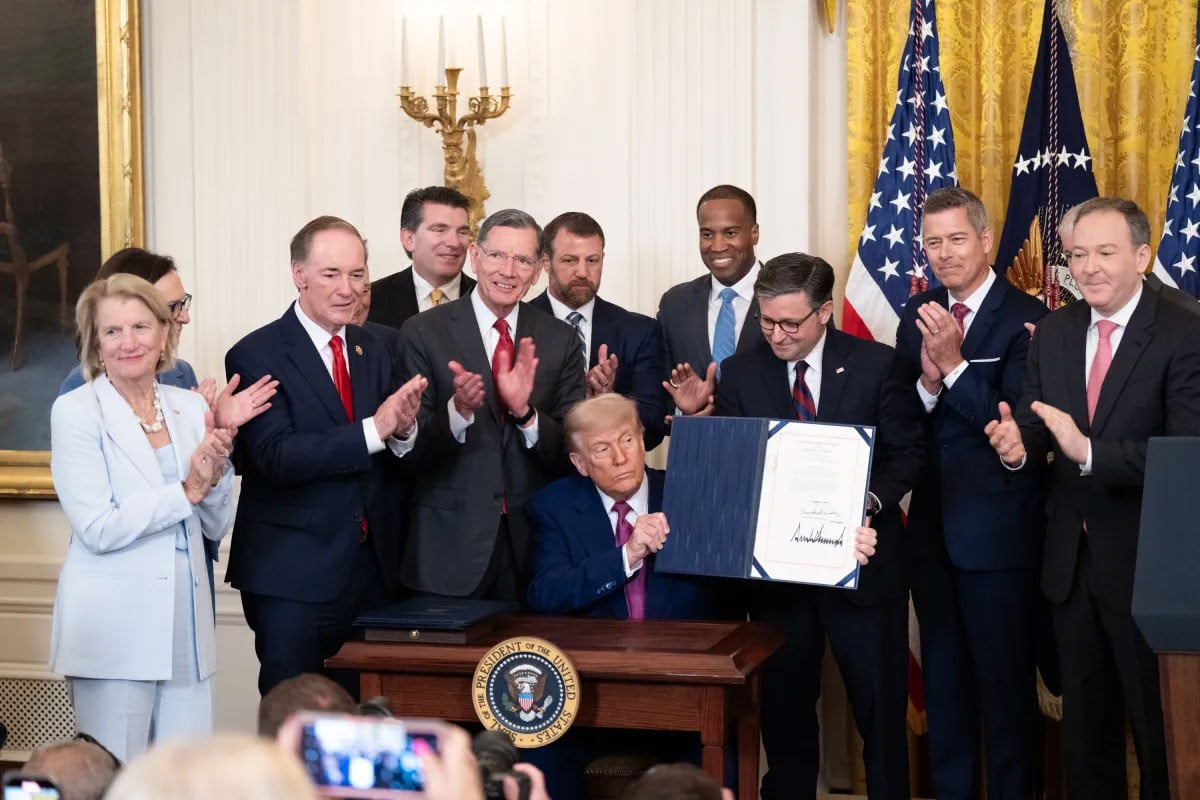
South Korea also has a large trade surplus with the United States. It is also a major exporter of steel and automobiles to the US market.
During the trading session last night and early this morning, July 8, the world financial and commodity markets fluctuated strongly. The price of gold increased by 35 USD from below 3,300 USD/ounce last night to 3,335 USD/ounce in the early morning of July 8 on the US market. On the Asian market, the spot gold price increased by 10 USD to 3,345 USD/ounce.
The USD meanwhile rose sharply. The DXY index increased 0.35% to 97.5 points.
The US stock market fell sharply. The Dow Jones Industrial Average fell more than 422 points (-0.94%) to 44,406 points. The broad S&P 500 index fell 0.8%. The technology-focused Nasdaq Composite Index fell 0.92%.
In the Asian market, shares of Japanese automakers fell sharply by 3.5-4.5% during the US trading session. Tesla shares continued to fall sharply after Elon Musk announced the formation of a new party in the US.
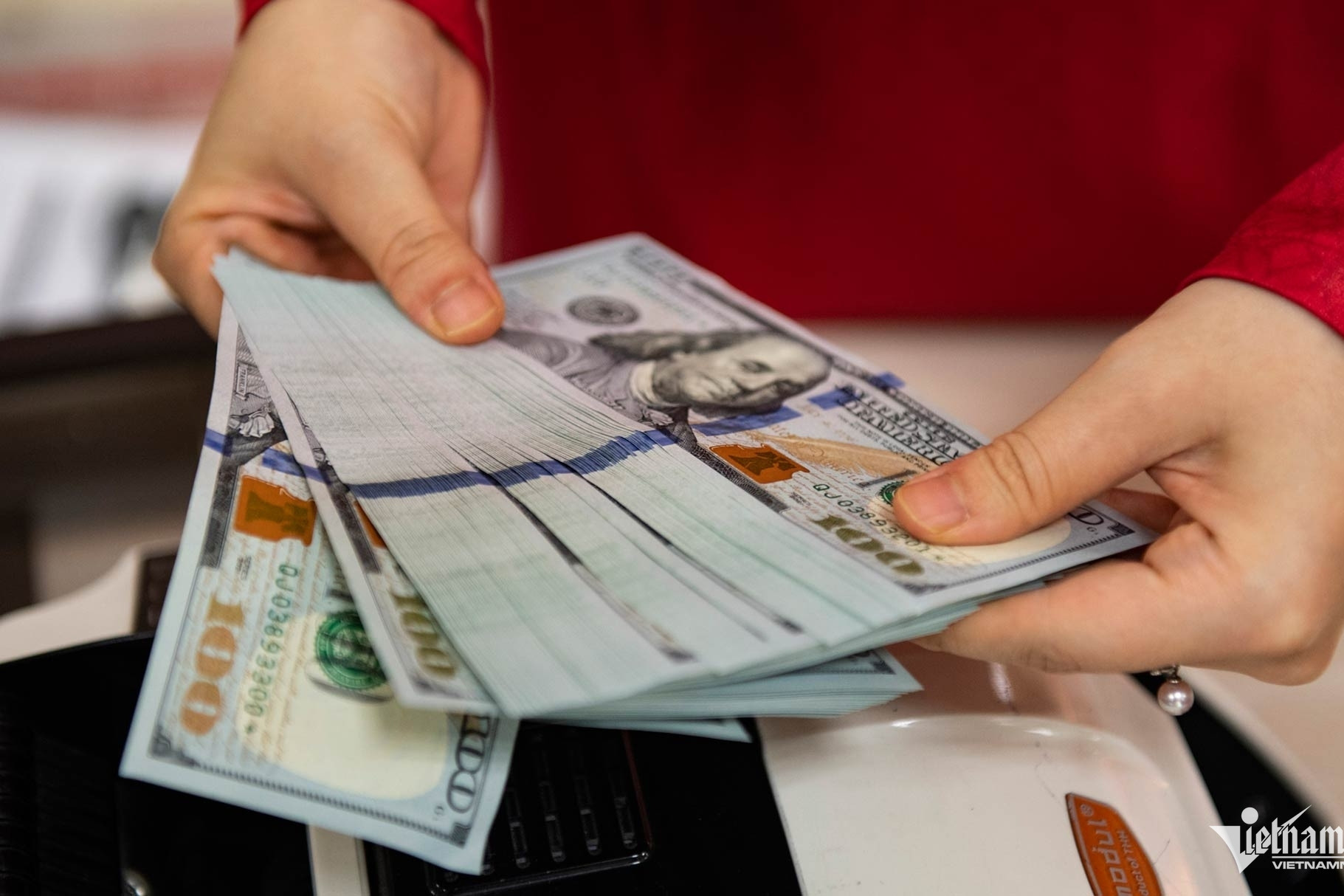
Source: https://vietnamnet.vn/ong-trump-cong-bo-tax-25-40-len-14-nuoc-gia-vang-vot-tang-toan-cau-rung-dong-2419215.html






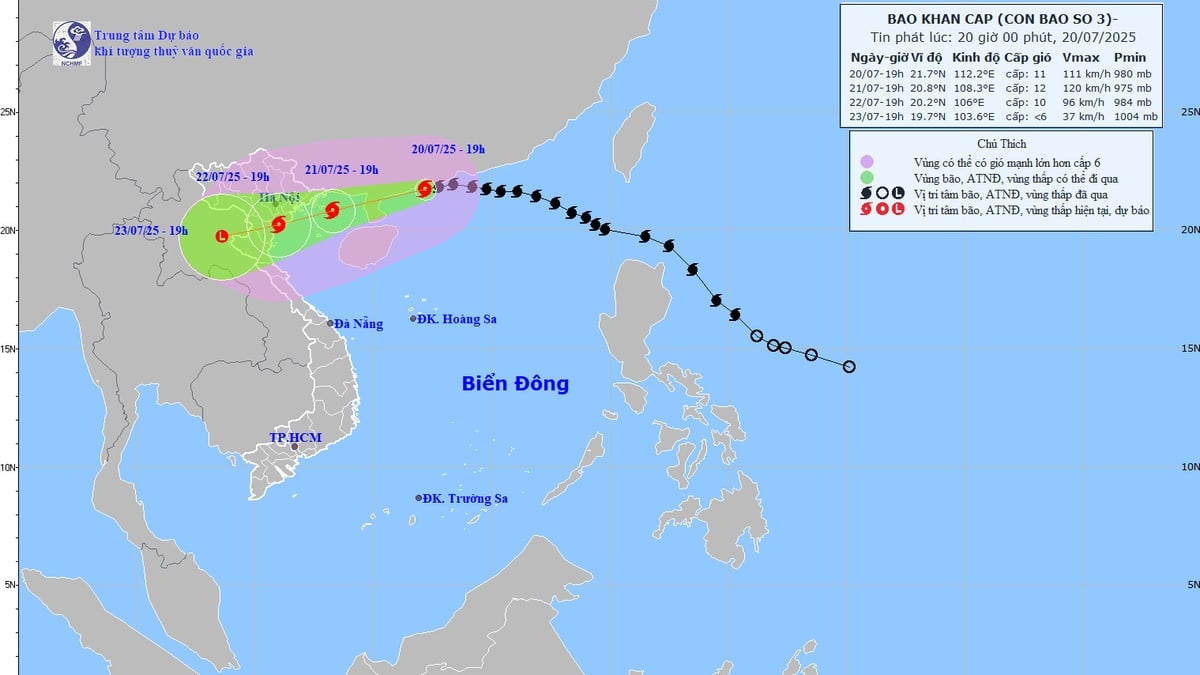















![[Photo] National Assembly Chairman Tran Thanh Man visits Vietnamese Heroic Mother Ta Thi Tran](https://vphoto.vietnam.vn/thumb/1200x675/vietnam/resource/IMAGE/2025/7/20/765c0bd057dd44ad83ab89fe0255b783)
































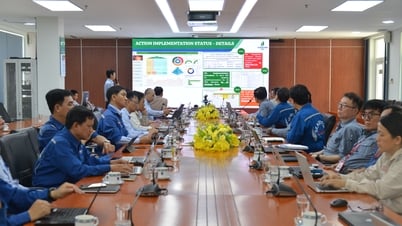


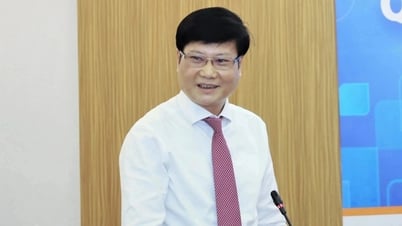



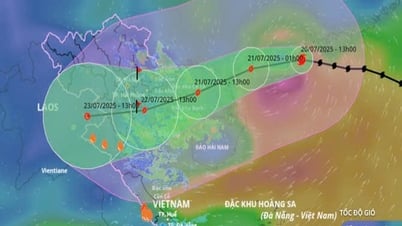





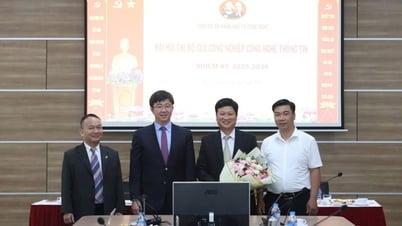

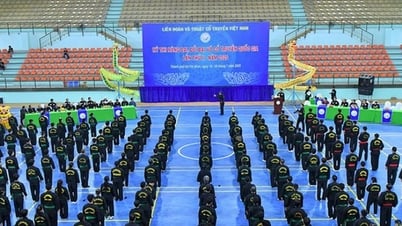



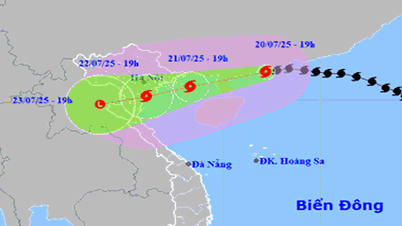
























Comment (0)